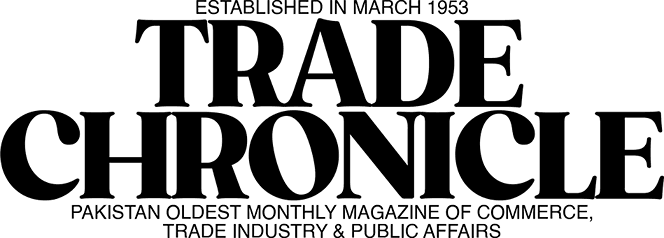MPS on Mar 8, 2022: State Bank of Pakistan (SBP) is scheduled to announce monetary policy statement (MPS) on Mar 8, 2022. This will be an important MPS decision as market will keenly follow policy direction by SBP when the country is currently faced with several economic challenges. In its last monetary policy statement on Jan 24, 2022, SBP kept the policy rate unchanged at 9.75%. SBP in its last MPS statement had stated that the decision was in line with previous forward guidance provided by SBP and keeping in view the consideration for economic recovery.
Last MPS forward guidance:
SBP in its last MPS stated “current real interest rates on a forward-looking basis are appropriate to guide inflation to the medium-term range of 5-7%, support growth, and maintain external stability. If future data outturns require a fine-tuning of monetary policy settings, the MPC expected that any change would be relatively modest”.
Since the last MPS, major developments have taken place and new data is now available which will likely be considered by the central bank in upcoming MPS.
Escalating Russia-Ukraine crisis:
Due to Russia-Ukraine crisis, commodity prices have witnessed a sharp increase which has consequences on inflation and current account outlook. International Arab Light Oil Prices have increased by over 21% since the last MPS.
Rising yields in secondary market:
Owing to sharp spike in commodity prices, concerns over inflation and current account outlook, secondary market yields on T-Bill & PIBs have increased by ~25-30bps since Feb 18, 2022. Similarly, yields on Eurobond with maturities of 2024-2027 have also risen by 200-300bps.
Higher CAD In Jan 2022:
Current Account Deficit (CAD) in Jan 2022 stood at US$2.6bn which was higher than expectations taking 7MFY22 CAD at US$11.6bn. On other hand, inflation clocked in at around 12.2% in Feb 2022 versus 13.0% in Jan 2022 and 12.3% in Dec 2021.
PM Package:
In a surprise move, Prime Minister Imran Khan recently announced cut in prices of petroleum products by Rs10/liter and power tariff by Rs5/unit. This, at a time when international oil prices are rising sharply and Pakistan had agreed with IMF to increase Petroleum Development Levy (PDL) on petrol up to Rs30/liter, is seen as a populist move in the wake of increasing pollical pressures. We expect the cost of this would be Rs700-800bn on an annualized basis which is ~1.3% of GDP.
Status Quo likely in MPS:
We believe, though commodity prices recently have risen sharply but keeping in view SBP’s focus to sustain economic recovery and its last forward looking guidance, we anticipate no change in upcoming MPS. The decision to not increase petroleum prices till June 2022 may also provide some cushion to the inflation outlook.
Keeping in view the latest developments, SBP may also likely revise its forecast for current account deficit (projected by SBP at ~4% of GDP in FY22) and inflation (9-11% in FY22).
Forward guidance may change: Moreover, we expect some changes in forward guidance considering rising commodity prices and other recent developments.
Poll: 53% suggests no change, 44% expects increase in rates
Topline Research conducted a monetary policy survey in order to judge the view of financial market participants on the upcoming MPS.
As per the poll, there was a divided opinion on the result of upcoming MPS with around 53% of the participants believe that there will be no change in policy rate whereas 44% of the participants believe that there will be an increase in policy rate. Only 3% of the participants anticipate cut in policy rate.
With regards to our second question on CAD, around 45% of the participants anticipate CAD to clock in at US$16-18bn, 29% of the participants expect it to touch US$18-20bn and around 10% expect it to cross US$20bn. Around 16% of the participants expect it to be below US$16bn.
Around 62% of the participants expect average inflation to remain in the range of 11-12% for FY22 whereas 13% of the participants anticipate to cross 13% levels. Around 25% of the participants expect it to remain in range of 10-11%.


